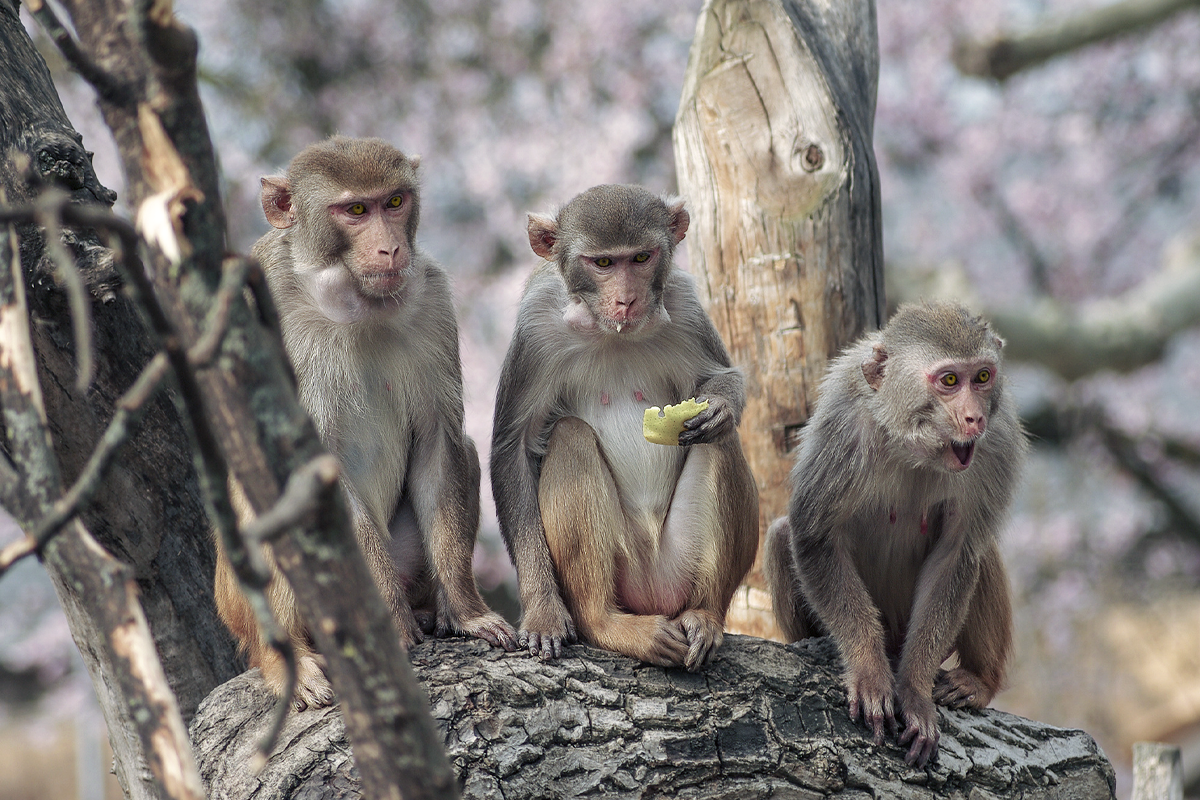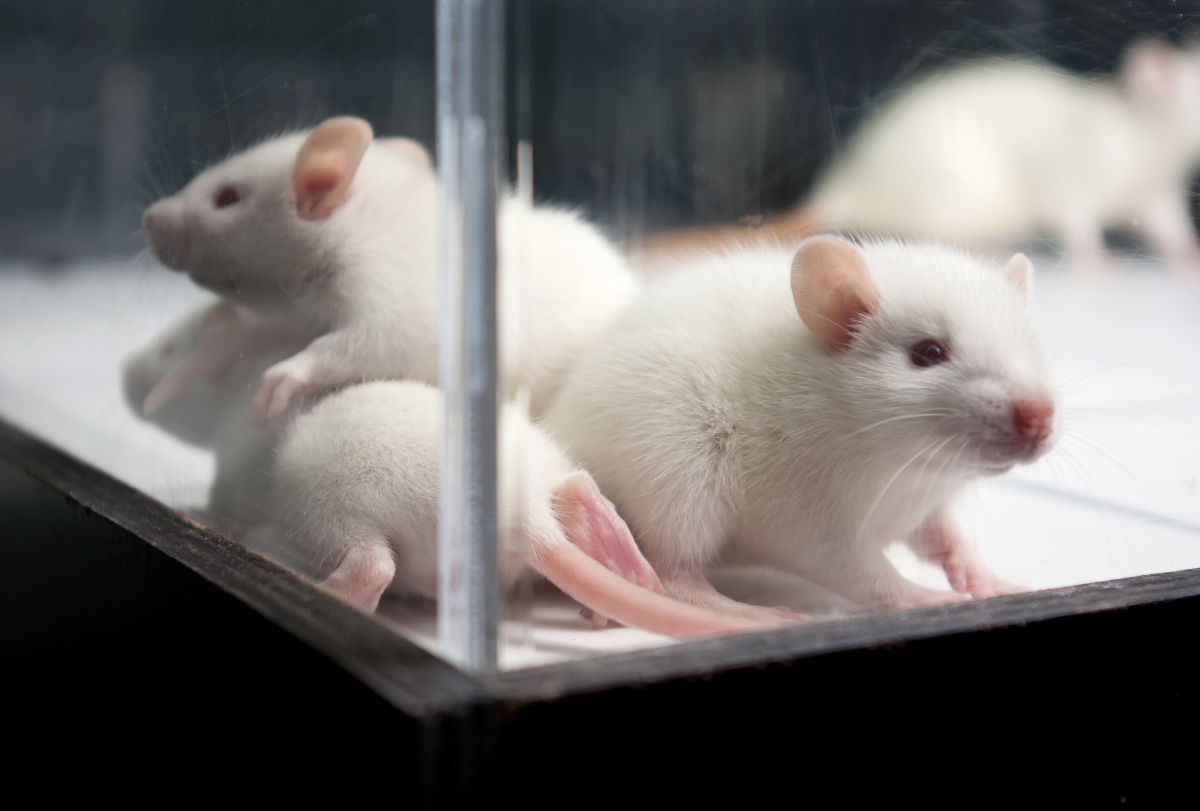Keeping track of social hierarchies is crucial for any animal. Primates in particular must adapt their behaviors based on the status of those around them, or risk losing their own rank.
“True, smart social behavior in humans and in monkeys is dependent on a full adjustment to the context,” says Katalin Gothard, professor of physiology and neuroscience at the University of Arizona.
Multiple brain areas keep track of social information. Among them, the amygdala—known for processing emotions—responds to faces, facial expressions and social status, and activates as people learn social hierarchies.
But the brain adapts this information for different social settings, a new study reveals: Neurons in the macaque amygdala encode knowledge about social status in a context-specific way, Gothard and her colleagues discovered. Just like people, macaques can infer social standing from videos, and the activity of amygdala cells captures information about both the identity of the individual they are watching and how that animal relates to others in the scene.
These findings help explain how primates process information about social position, says Ralph Adolphs, professor of psychology and neuroscience at California Institute of Technology, who was not involved in the work. And because the monkeys could successfully learn this information from videos, the results open up a new avenue for studying how the primate brain encodes these relationships in a complex and dynamic way, he adds. “That’s a big step forward.”
L
ike people, macaques have no physical traits that directly convey dominance, Gothard says. “The status of these individuals is inferred.” So she and her colleagues tested two macaques’ ability to understand a hierarchy that the team invented among four unfamiliar monkeys in a series of videos. Each clip simulated status-appropriate interactions between two of the four monkeys on a split screen to convey those two animals’ relative positions: a scene of a higher-ranked animal acting aggressive juxtaposed with one of a lower-ranked monkey smacking its lips in appeasement, for example.Both of the monkeys that watched the videos spent more time looking at the dominant animal than the subordinate one in each interaction, a difference that could not be explained by the dominant animals’ threatening facial expressions, suggesting that the viewers had successfully deduced each animal’s relative rung on the social ladder.
Neurons in the test animals’ amygdala carried information about the social status of the observed monkeys, according to electrode recordings. Nearly one-quarter of the recorded amygdala cells altered their firing rates depending on whether the monkey was fixating on a dominant or subordinate animal. And more than one-quarter of the monitored cells contained information about not only the identity of the animal viewed, but also its hierarchical distance from the other monkey in the video.
“That means the amygdala does not process social status in isolation,” says study investigator SeungHyun “Gabe” Lee, a postdoctoral researcher in Ziv Williams’ lab at Harvard Medical School and Massachusetts General Hospital who conducted the work while in Gothard’s lab. “It dynamically integrates contextual social information.” The team published the findings last month in Neuron.
Although the approach is unlikely to work in the wild with monkeys that are less skilled at watching and interpreting videos, “it’s a methodological major advance, showing we can have a valid model system of social status in a primate,” Adolphs says.
T
he two test monkeys in the study were only observers—not part of the hierarchy themselves. Past studies of people navigating social interactions identified the hippocampus as a region involved in encoding that flexible social information. Future work that inserts the observer monkeys into the hierarchy could test those findings, says Daniela Schiller, professor of neuroscience and psychiatry at the Icahn School of Medicine at Mount Sinai, who was not involved in the new work. “I think probably in these scenarios you will see other brain regions participate, such as the hippocampus.”That would also make the findings more applicable to the real world, in which monkeys and people are rarely just observers in a social setting, Adolphs says.
Gothard says she and her colleagues plan to investigate that line of experimentation next.
Their work also points to other interesting questions—including which brain areas provide this social information to the amygdala, where the information goes next, and how these representations arise during development, Adolphs says. “The value of this, ultimately, is in extending it to the real world and to, amongst other things, human social interactions.”




